An inventive new approach lowers the limit of detection for a common assay, allowing researchers to identify elusive biomarkers in complex fluids, like the blood.
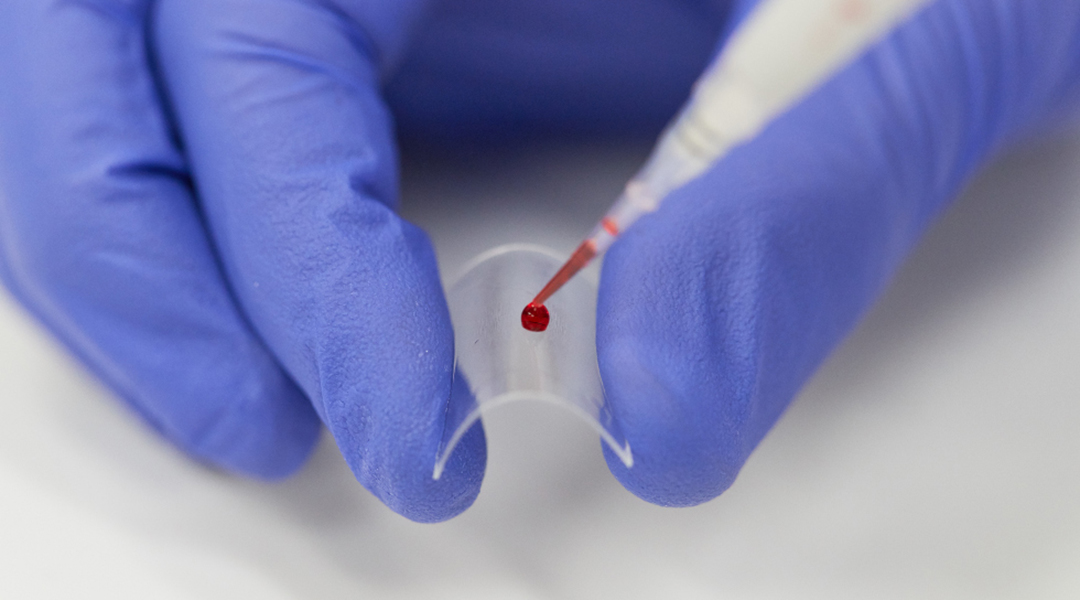

An inventive new approach lowers the limit of detection for a common assay, allowing researchers to identify elusive biomarkers in complex fluids, like the blood.
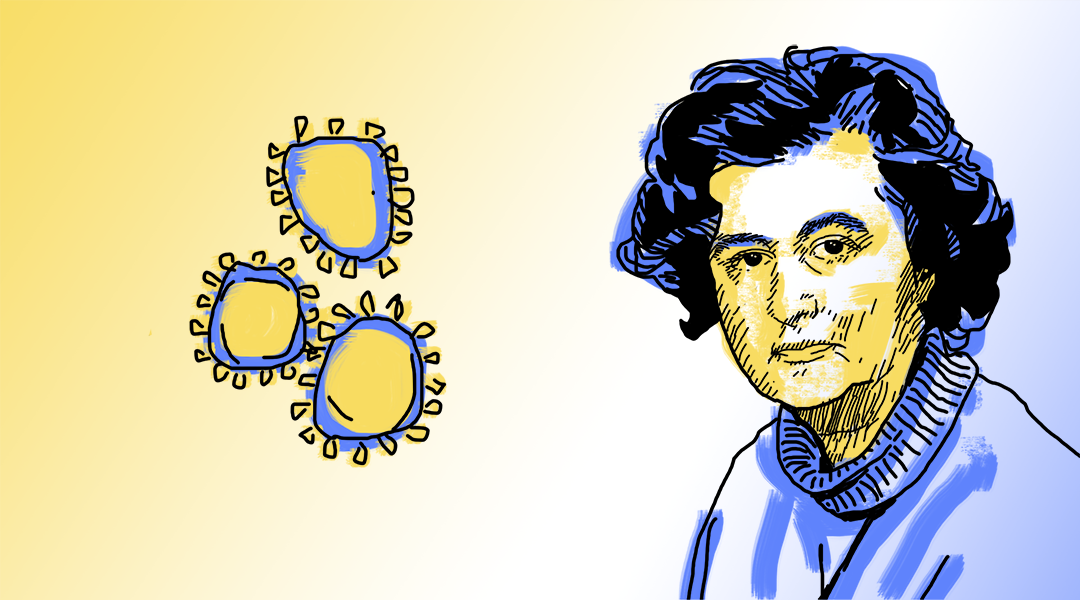
No formal scientific education, a single mother, author of 103 scientific papers, the first person to see a corona virus, June Almeida was a tour de force.
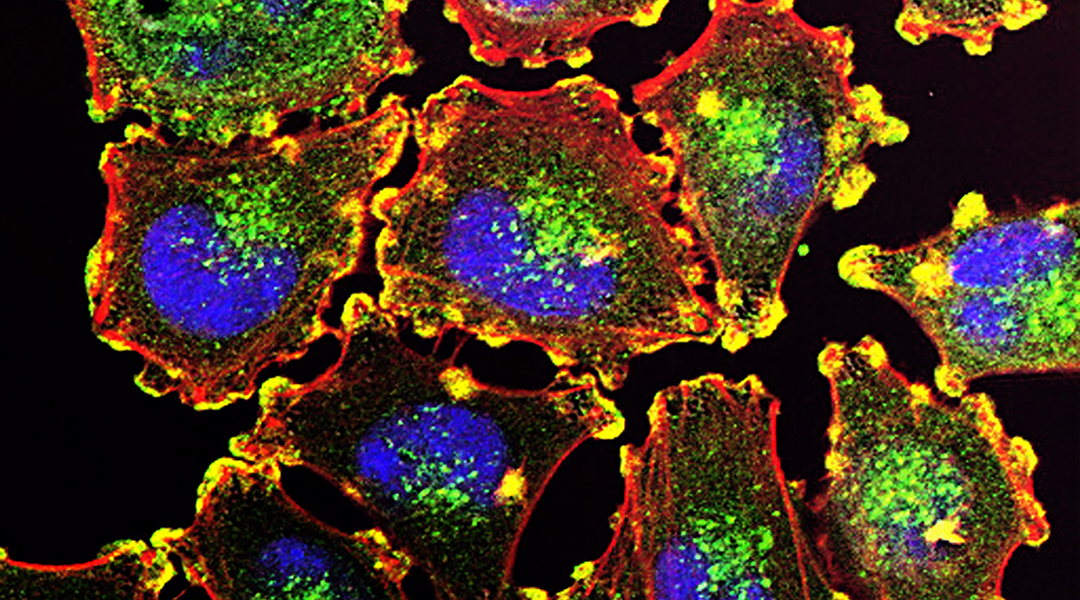
Light-activated proteins enable scientists to study and engineer subcellular structures for research and biotechnological applications.
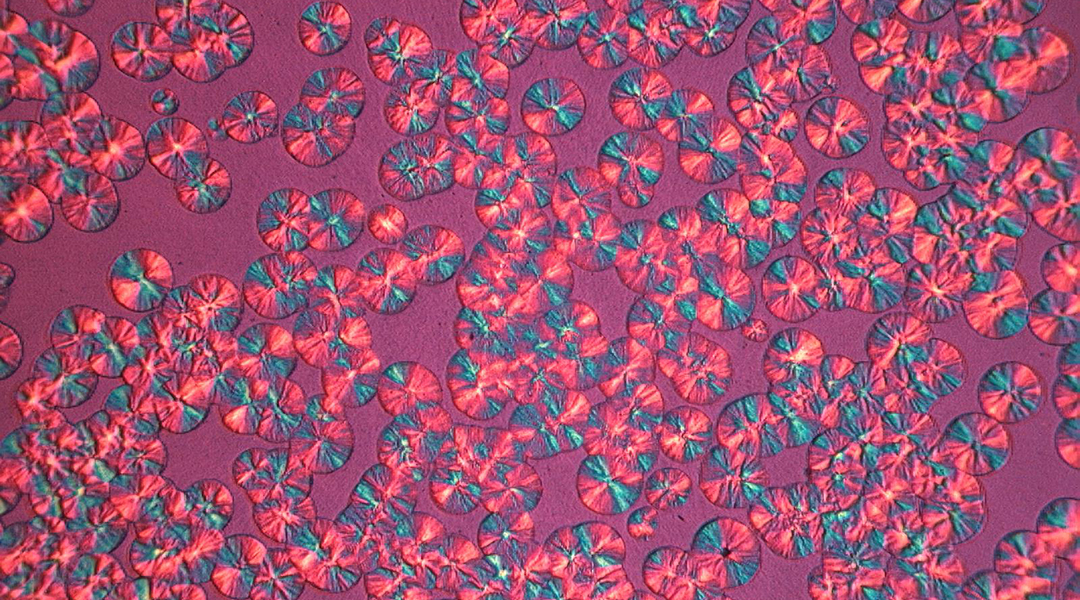
Bringing science to life through spectacular images.
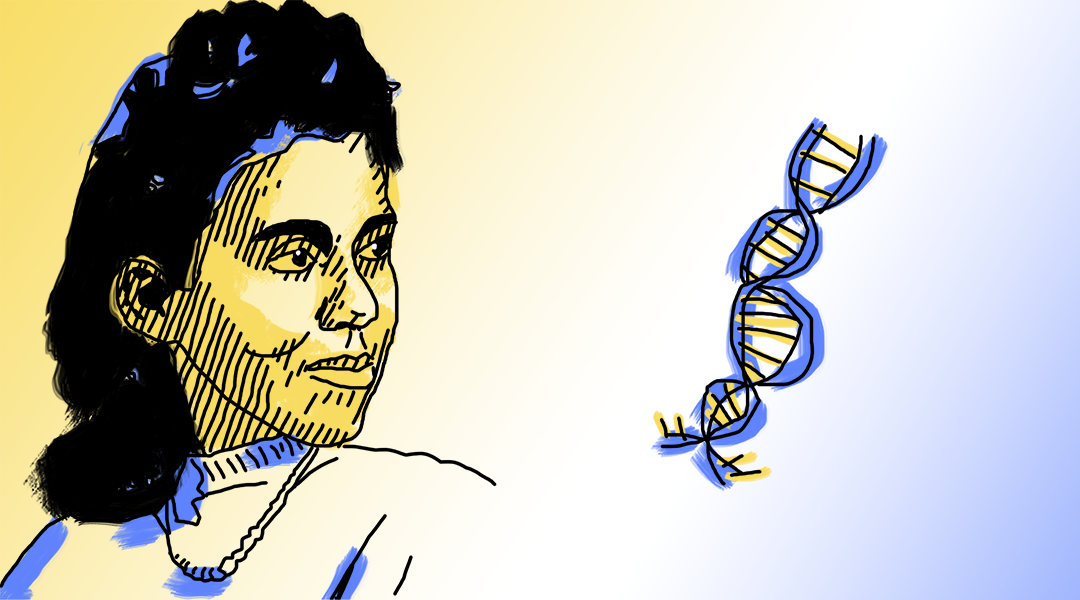
This Pioneers in Science celebrates Marie Daly, the first Black woman in America to receive a Ph.D. in chemistry.
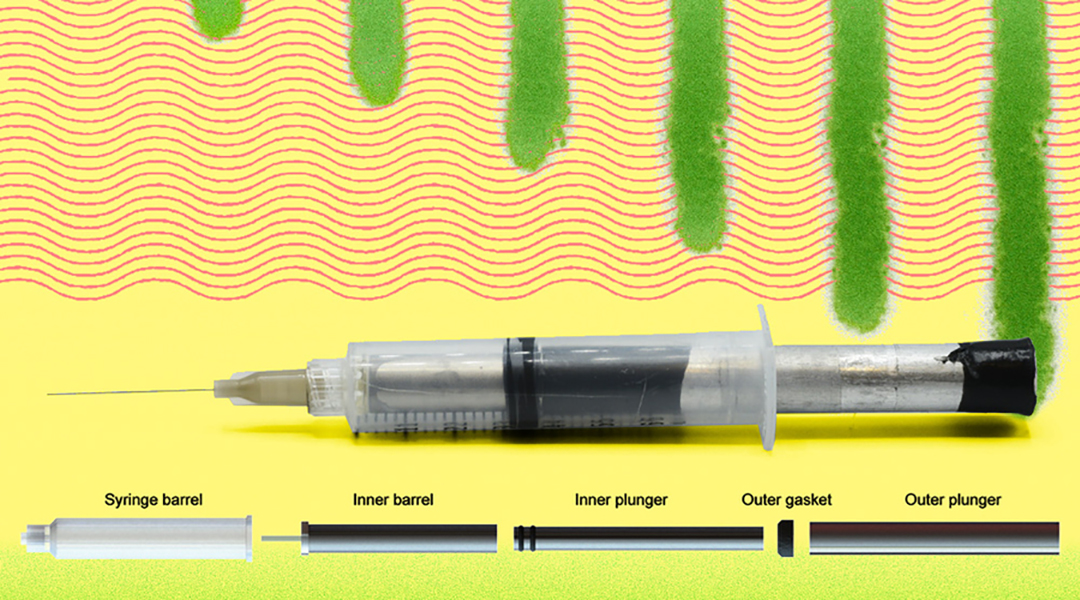
Researchers have designed a simple, low-cost device for subcutaneous injection of viscous formulations.
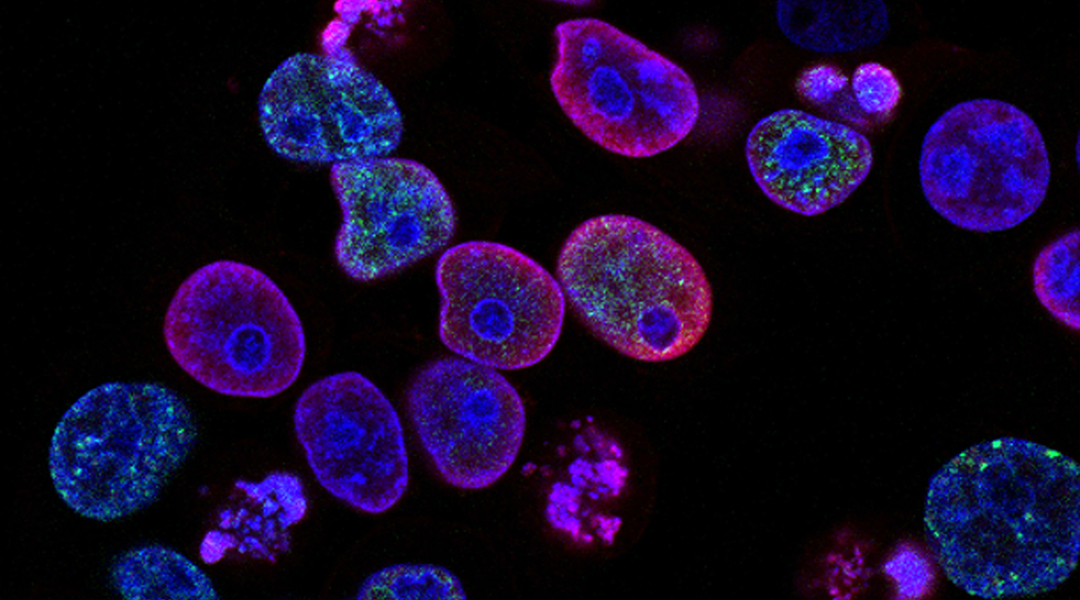
Researchers have designed a gold-coated nanomotor that can be controlled by infrared irradiation for precise drug delivery in cells.

A new study is the first to examine micro- and nanoplastic occurrence in human organs, providing the first clues on potential exposure sources and routes.
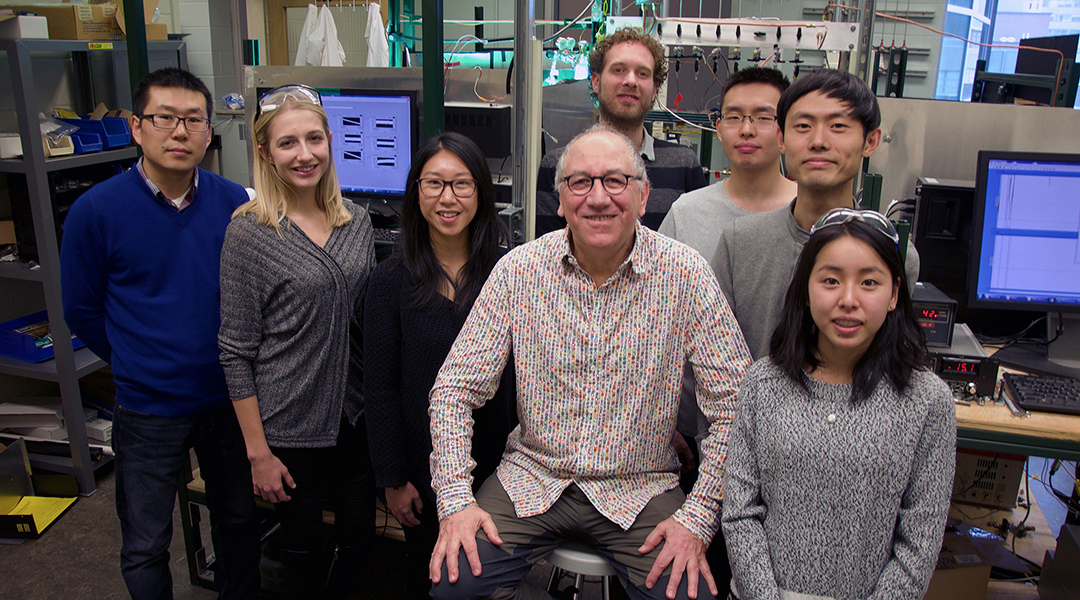
To celebrate his upcoming 77th birthday, we reached out to nanochemist and long-time ASN contributor, Geoffery Ozin, to discuss his colorful career, current projects, and plans for the future.

A reality-rooted perspective on “explainable AI” and what this means for the future of the field.